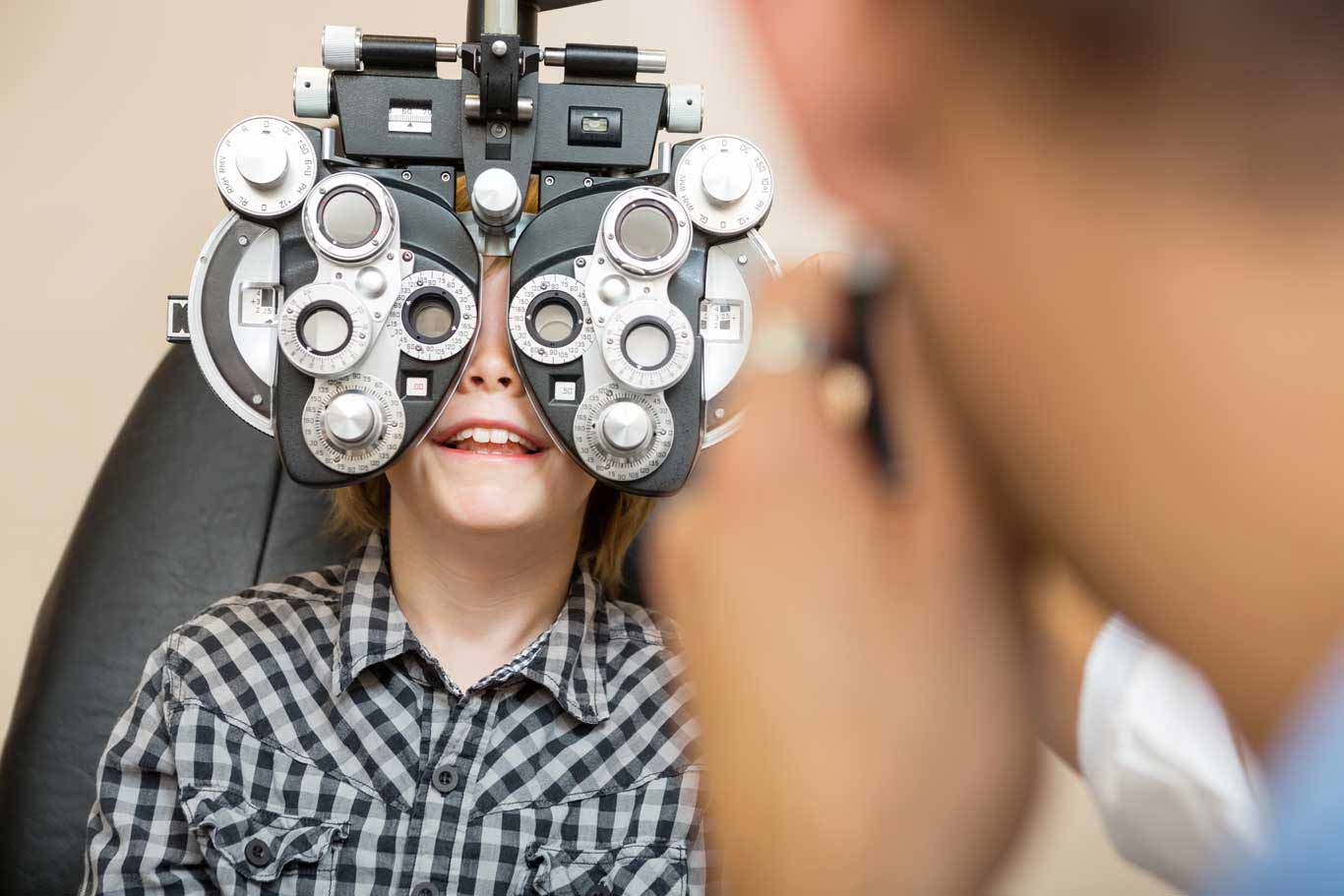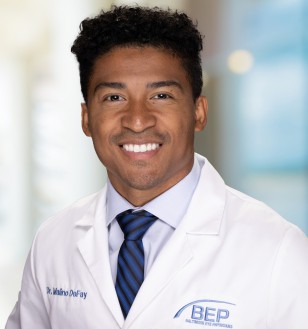The Comprehensive Eye Exam: What to Expect During Your Visit to the Eye Doctor
A see to the eye medical professional for a thorough eye test is even more than a routine check-up; it is a crucial action in securing your visual wellness. What precisely happens throughout the eye health analysis, and how does it affect the prescription process?
First Examination
The initial appointment during an eye test acts as an essential structure for comprehending a person's visual wellness requirements. This phase sets the tone for the whole evaluation procedure, enabling the optometrist to collect important details about the person's medical background, way of living, and particular vision worries. By meticulously assessing any pre-existing problems, drugs, or previous surgical treatments, the eye treatment professional can customize the examination to attend to individual demands effectively.

Furthermore, the first consultation is an opportunity for patients to articulate any kind of inquiries or worries, promoting a collective relationship with their doctor. This interaction not only makes certain that the person really feels notified and comfortable but additionally equips them to get involved proactively in their eye health and wellness administration. Collectively, these conversations allow the optometrist to devise a personalized exam strategy, making sure ideal care and exact diagnosis.
Aesthetic Acuity Test
Starting the core components of an eye exam, the visual skill test is created to evaluate the intensity and clarity of an individual's vision. This crucial analysis helps establish how well an individual can recognize letters or symbols at a standard range, generally making use of a Snellen graph (Eye Doctor). The graph comprises rows of letters that decrease in size from leading to bottom, with the client placed at a normal distance of 20 feet
During the test, the person is asked to cover one eye and read aloud the smallest line of letters they can see clearly. This procedure is duplicated for the various other eye. The results are tape-recorded as a fraction, with 20/20 vision showing regular aesthetic acuity-- where the client can see at 20 feet what a person with typical vision can see at that range.
The aesthetic skill examination additionally identifies prospective refractive errors such as nearsightedness, astigmatism, or hyperopia, which could require rehabilitative lenses. By establishing a standard of visual performance, the examination is a crucial diagnostic device that assists the eye care professional in developing a suitable treatment plan tailored to the patient's distinct visual needs.
Eye Health Evaluation
Complying with the visual skill test, a comprehensive eye wellness evaluation is conducted to make certain the general well-being of the eyes. This critical section of the eye test includes a thorough examination of both the external and inner structures of the eye.
With the usage of ophthalmoscopy or fundus photography, the retina, optic nerve, and blood vessels are thoroughly evaluated. In numerous situations, student extension is carried out to improve presence of the inner eye structures, although this may result in short-term light level of sensitivity for the person.
Additionally, intraocular stress is determined to screen for glaucoma threat. This is typically done using tonometry, which can discover raised pressure levels that could suggest prospective damages to the optic nerve. Jointly, these analyses develop a detailed analysis to maintain eye wellness.
Refraction and Prescription
Refraction is a sophisticated procedure carried out by eye treatment specialists to determine the accurate lens power required to remedy refractive errors such as nearsightedness, presbyopia, astigmatism, and hyperopia. The objective of this procedure is to analyze how light bends as it passes via the eye, permitting the expert to establish whether rehabilitative lenses are necessary for enhanced visual skill.
Throughout the refraction process, the patient is asked to browse a phoropter, a gadget that includes various lenses. The expert will systematically alter these lenses and ask the client to contrast quality between choices till the finest feasible vision my sources is accomplished. This procedure is essential in crafting an accurate prescription that specifies the ideal lens power for glasses about his or get in touch with lenses.
The prescription stemmed from this treatment not just enhances vision but likewise functions as a foundation for selecting suitable restorative eyewear. It is vital to guarantee that prescriptions are consistently updated, as modifications in vision can occur over time, emphasizing the importance of routine eye examinations. This precise interest to detail helps preserve clear, comfy vision in everyday life.
Follow-Up Suggestions

Throughout a follow-up visit, the eye medical professional will certainly carry out a series of examinations to review aesthetic acuity and look for any kind of modifications in vision that might necessitate an upgrade to the prescription. Furthermore, the follow-up offers an opportunity to review any kind of discomfort or issues experienced with existing eyeglasses. Adjustments can be made to ensure comfort and effectiveness, whether via lens adjustment or frame modifications.
For people with continuous conditions such as glaucoma, diabetes-related eye concerns, or macular degeneration, even more regular follow-ups may be essential. These you can try here visits are crucial for taking care of and potentially reducing the progression of eye condition. Following these referrals can substantially contribute to preserving aesthetic wellness and protecting against long-lasting difficulties.
Conclusion
The comprehensive eye examination is a crucial procedure for maintaining visual health, encompassing a comprehensive analysis of clinical background and vision worries. Secret parts include the aesthetic acuity test, which assesses vision clearness, and the eye health and wellness evaluation, which takes a look at the general condition of the eyes.
A check out to the eye physician for a detailed eye examination is more than a routine check-up; it is an essential step in safeguarding your aesthetic wellness.Kicking off the core parts of an eye assessment, the visual acuity examination is made to analyze the intensity and clearness of a client's vision.Following the aesthetic skill test, a comprehensive eye health analysis is carried out to guarantee the overall well-being of the eyes. These brows through permit the eye care professional to keep track of changes in vision, upgrade prescriptions, and analyze the general health of the eyes. Trick elements include the aesthetic acuity test, which examines vision clarity, and the eye wellness assessment, which takes a look at the overall problem of the eyes.